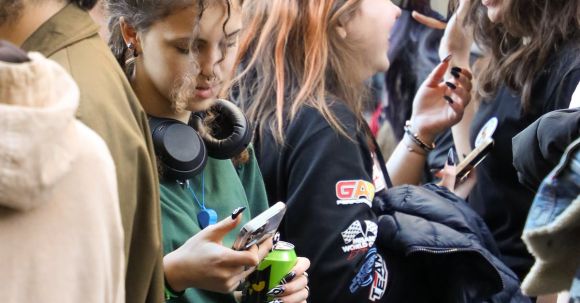Virtual reality (VR) has rapidly evolved over the past few years, immersing users in digital worlds and offering unique experiences. As the technology continues to advance, one area that holds immense potential is social interaction in virtual reality. With the ability to connect people from all over the world in shared virtual spaces, the future of social interaction in VR is promising. Let’s explore the possibilities and what the future might hold.
Creating Meaningful Connections
One of the key aspects of social interaction is the ability to form meaningful connections with others. In virtual reality, this concept takes on a whole new dimension. With the use of avatars, users can embody their digital selves and interact with others in a more personal way. This allows for a deeper level of engagement and connection compared to traditional online interactions.
Virtual Reality as the New Social Platform
As VR technology becomes more accessible and affordable, we can expect to see it become the new social platform. Just as social media platforms like Facebook and Instagram have revolutionized how we connect with others online, virtual reality has the potential to do the same. Instead of scrolling through a news feed or liking a post, users can gather in virtual spaces and engage in real-time conversations and activities.
Virtual Reality as a Tool for Empathy
One of the most powerful aspects of VR is its ability to evoke empathy. By placing users in someone else’s shoes, virtual reality can help bridge the gap between people and foster understanding. Imagine being able to experience life as a different gender, race, or socio-economic background. VR has the potential to break down barriers and create a more inclusive and empathetic society.
Virtual Reality and Remote Collaboration
In today’s increasingly globalized world, remote collaboration is becoming the norm. Virtual reality can greatly enhance this process by providing a more immersive and interactive experience. Instead of relying on video calls and emails, colleagues can meet in virtual boardrooms or work together on virtual projects. This not only improves communication but also fosters a greater sense of teamwork and camaraderie.
Challenges and Limitations
While the future of social interaction in virtual reality looks promising, there are still challenges and limitations that need to be addressed. One major challenge is the issue of accessibility. VR technology is still relatively expensive and not easily accessible to everyone. In order for virtual reality to truly become the new social platform, it needs to be more affordable and widely available.
Another limitation is the potential for isolation. While VR can create immersive and engaging experiences, it can also lead to a sense of isolation from the physical world. Striking a balance between virtual and real-world interactions is crucial to ensure that virtual reality enhances, rather than replaces, physical social interactions.
The Future and Beyond
As technology continues to advance, the future of social interaction in virtual reality holds endless possibilities. From virtual concerts and events to virtual classrooms and therapy sessions, the potential applications are vast. The key lies in harnessing the power of virtual reality to create meaningful connections, foster empathy, and enhance collaboration.
In conclusion, the future of social interaction in virtual reality is bright. With advancements in technology and a growing interest in immersive experiences, we can expect to see virtual reality become the new social platform. However, it is crucial to address challenges such as accessibility and isolation to ensure that virtual reality enhances our social interactions rather than replacing them. The future is exciting, and we can only imagine the possibilities that lie ahead.




